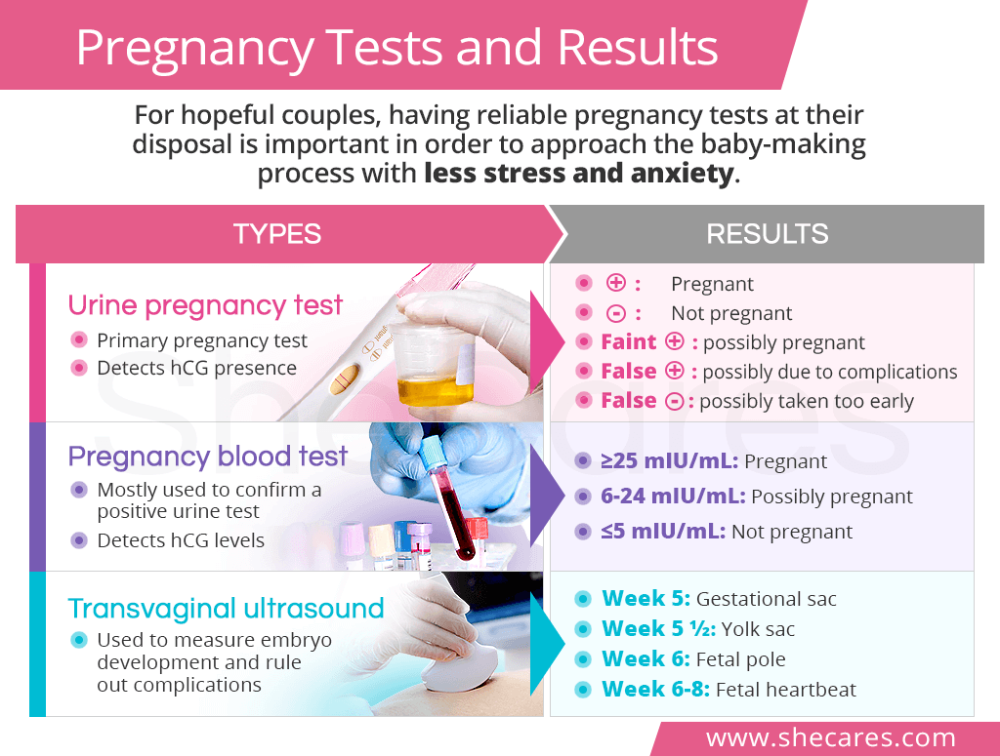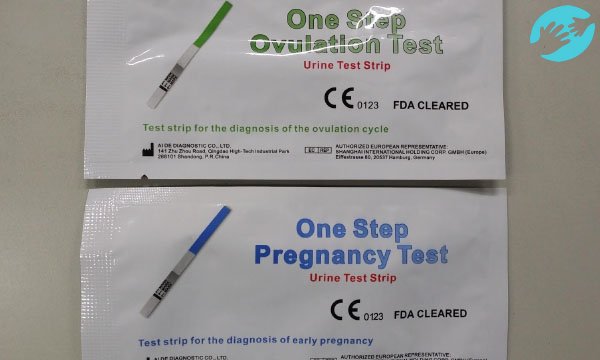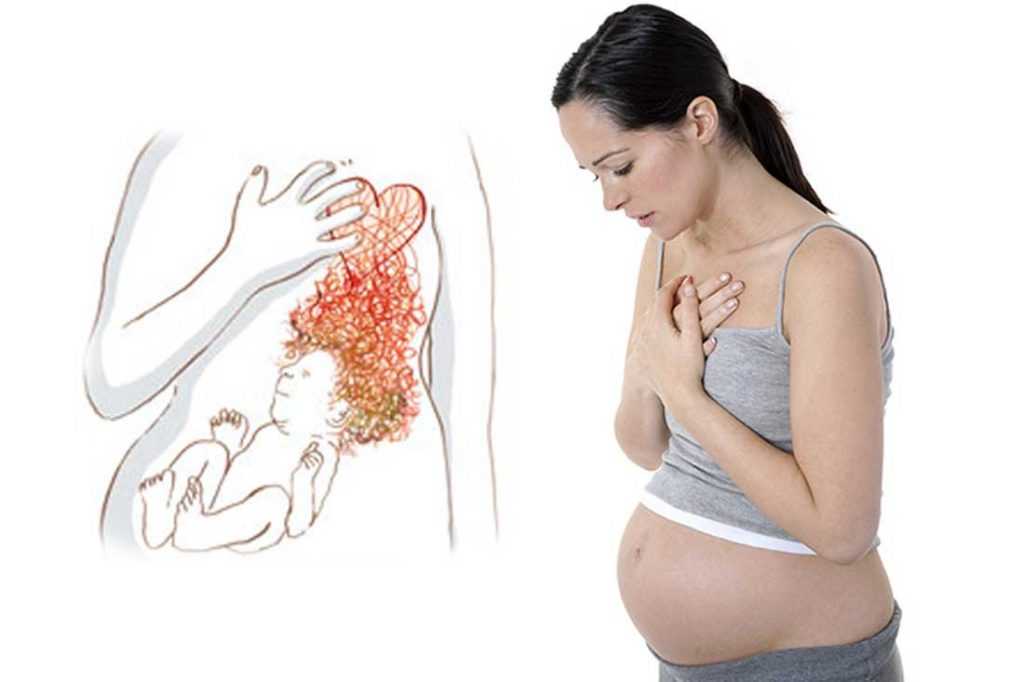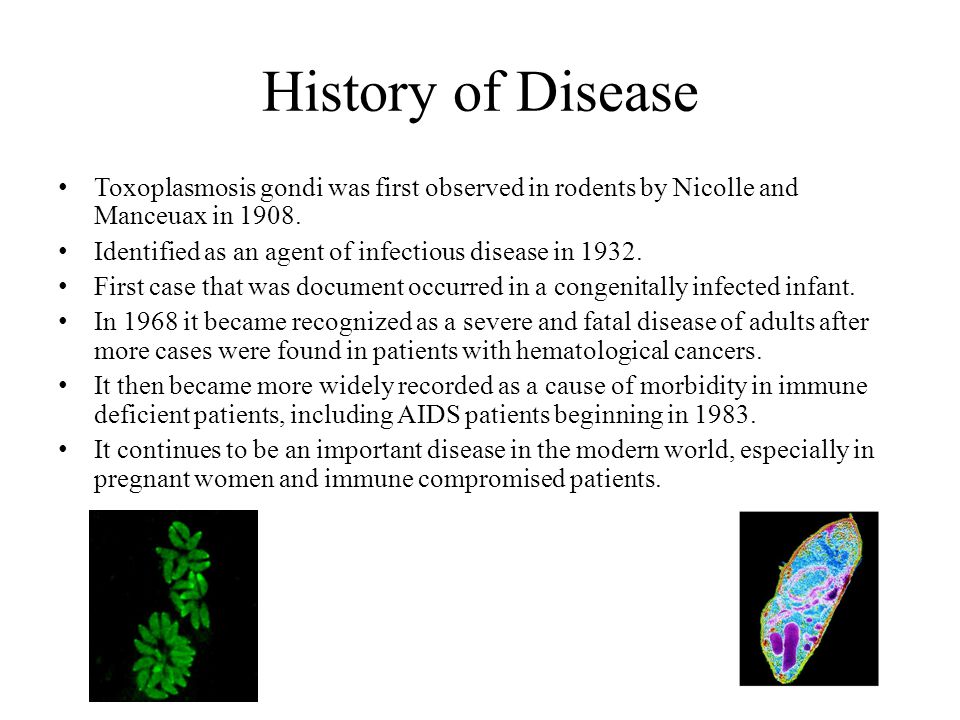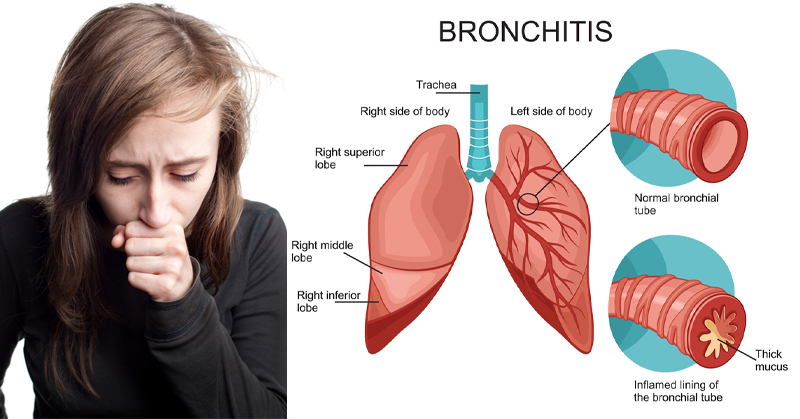Doctors urine test pregnancy
What You Need to Know
If you think you are pregnant, you don’t want to just assume: you want to know. You can always buy a pregnancy test at a drugstore, but those are not reliable all of the time, especially if you don’t use it correctly or don’t know how to read the results. It is a good idea to go to a doctor to get a professional, medical-grade pregnancy test. Here is everything you need to know about a pregnancy test at the doctor’s office.
Types of Pregnancy TestsThere are two main types of pregnancy tests that you might get at a doctor’s office: a blood test and a urine test.
For a pregnancy blood test, the doctor or nurse draws a bit of blood from your arm and sends it for testing. If there is a lab at your doctor’s office, you may be able to get the results within a few hours that same day. Otherwise they will contact you two or three days after your appointment to inform you of the results.
A urine pregnancy test at the doctor’s is basically the same as the type you would buy at the store and take at home. These show results much faster than a pregnancy blood test, usually within a few minutes. Both types of pregnancy tests at a doctor’s office are 99% accurate.
How do these tests work? A pregnancy test looks for the hormone human chorionic gonadotropin(hCG). The body makes this hormone once a fertilized egg has attached to the wall of the uterus. The hormone hCG doubles in your body every two to three days. This is why a pregnancy test, even a home test, gets more accurate the longer you wait to take it. Both types of test look for hCG. The hormone can be detected by a pregnancy blood test about six to eight days after conception and by a urine test after ten days.
Which Pregnancy Test Should I Request?Ask your doctor which pregnancy test is right for you. Most people are fine with just a urine test. When done correctly, these are 99% accurate. A pregnancy blood test is used in more specific situations.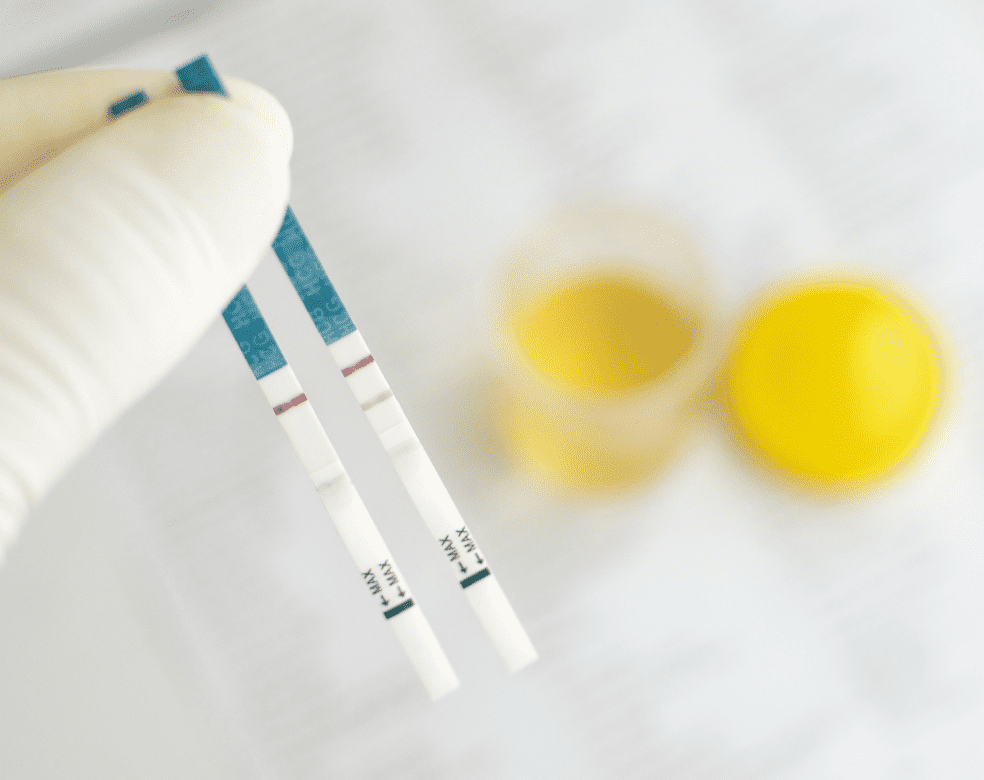 It is more sensitive than a urine test, so it can detect pregnancy faster. A pregnancy blood test can let you know that you are pregnant even before you miss a period.
It is more sensitive than a urine test, so it can detect pregnancy faster. A pregnancy blood test can let you know that you are pregnant even before you miss a period.
Pregnancy blood tests and urine tests are both qualitative. This means that they either come back positive or negative. They tell you whether you are pregnant with a simple yes or no. There is also a quantitative pregnancy blood test that is given a few times over a 48 hour period. This does more than just tell you if you are pregnant. It measures the amount of hCG over time, showing how fast it is doubling. Doctors can use this information to determine how long you have been pregnant, if you are having twins, to monitor for miscarriage, and more.
Need a Doctor for a Pregnancy test?If you think you may be pregnant, you want to find out fast. BASS Medical Group can help. They have on-site clinical lab services, so you get faster test results 100% of the time. Walk ins are welcome for blood draws, pediatrics, flu, strep, mono, and pregnancy testing.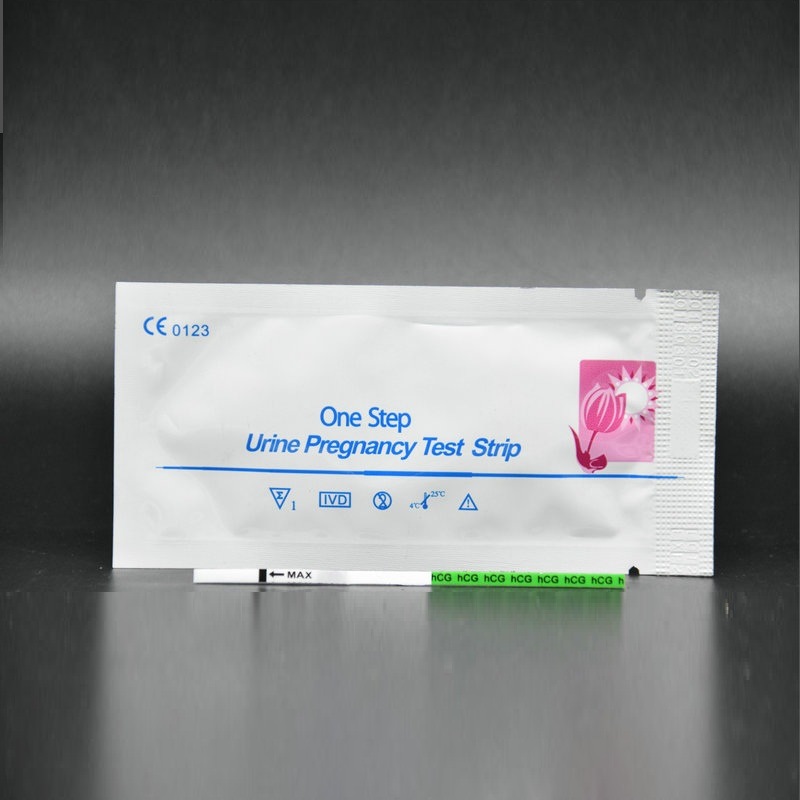 Trust BASS Medical Group for fast and accurate medical testing. Call (925)329-3715 or visit them online to learn more or schedule an appointment today.
Trust BASS Medical Group for fast and accurate medical testing. Call (925)329-3715 or visit them online to learn more or schedule an appointment today.
Urine pregnancy Tests Vs. Blood Pregnancy Tests
We provide both urine pregnancy tests and blood pregnancy tests in our office. Before you come in, we want you to know what to expect if you think you may be pregnant. Both tests detect the presence of a hormone called Human Chorionic Gonadotropin (hCG). The placenta produces this hormone quickly after the embryo attaches to the uterine lining and builds up rapidly in your body in the first few days of pregnancy.
When is a Urine Pregnancy test done?
Urine Pregnancy tests can be performed in our clinic. Most doctors recommend that you wait until the first day of your missed period before taking a urine pregnancy test. Urine tests or home pregnancy tests are around 97% accurate when done correctly. However, if done incorrectly and especially if taken too early, the result can be inaccurate. This test is done in our clinic by the patient simply providing our trained medical staff with a urine sample. The staff member will then use a Urine dipstick that detects the hCG pregnancy hormone to determine if you are pregnant or not. The results are seen within a few minutes, two lines indicating a positive pregnancy test and one line indicating a negative pregnancy test.This is a very simple and effective way to detect pregnancy. In this test, there are antibodies present on the strip which become sensitive if the hCG hormone is present in the urine sample.
This test is done in our clinic by the patient simply providing our trained medical staff with a urine sample. The staff member will then use a Urine dipstick that detects the hCG pregnancy hormone to determine if you are pregnant or not. The results are seen within a few minutes, two lines indicating a positive pregnancy test and one line indicating a negative pregnancy test.This is a very simple and effective way to detect pregnancy. In this test, there are antibodies present on the strip which become sensitive if the hCG hormone is present in the urine sample.
We also preform blood pregnancy tests in our clinic.
This is done by one of our trained medical staff members drawing a small amount of your blood via venipuncture.
What to expect during the blood draw?
Well, no one looks forward to getting their blood drawn, however, this procedure is usually brief and uneventful without complications. Most people are through with the entire procedure in under 15 minutes. The procedure begins by the phlebotomist gently pressing his or her fingers against your skin to locate the best and most accessible vein. Then she will put on gloves, and clean the skin area with an alcohol pad. Next they will tie a tourniquet around your upper arm to increase blood flow, ask you to make a fist, and insert the needle to begin the blood draw. After blood is retrieved, your blood will then be labeled immediately and sent off to a lab for testing. The detection of hCG hormone in one’s blood sample confirms pregnancy. We typically do a qualitative blood hCG test just to confirm pregnancy. This test is more accurate than the urine pregnancy test as it gives a quantitative result. We like to say that the urine pregnancy test can lie, the blood pregnancy test doesn’t.
The procedure begins by the phlebotomist gently pressing his or her fingers against your skin to locate the best and most accessible vein. Then she will put on gloves, and clean the skin area with an alcohol pad. Next they will tie a tourniquet around your upper arm to increase blood flow, ask you to make a fist, and insert the needle to begin the blood draw. After blood is retrieved, your blood will then be labeled immediately and sent off to a lab for testing. The detection of hCG hormone in one’s blood sample confirms pregnancy. We typically do a qualitative blood hCG test just to confirm pregnancy. This test is more accurate than the urine pregnancy test as it gives a quantitative result. We like to say that the urine pregnancy test can lie, the blood pregnancy test doesn’t.
A more detailed test called a quantitative hCG test if not typically performed unless there is a need. In this test, the concentration of the hCG hormone corresponding to the days of gestation (pregnancy) is detected and accurately known.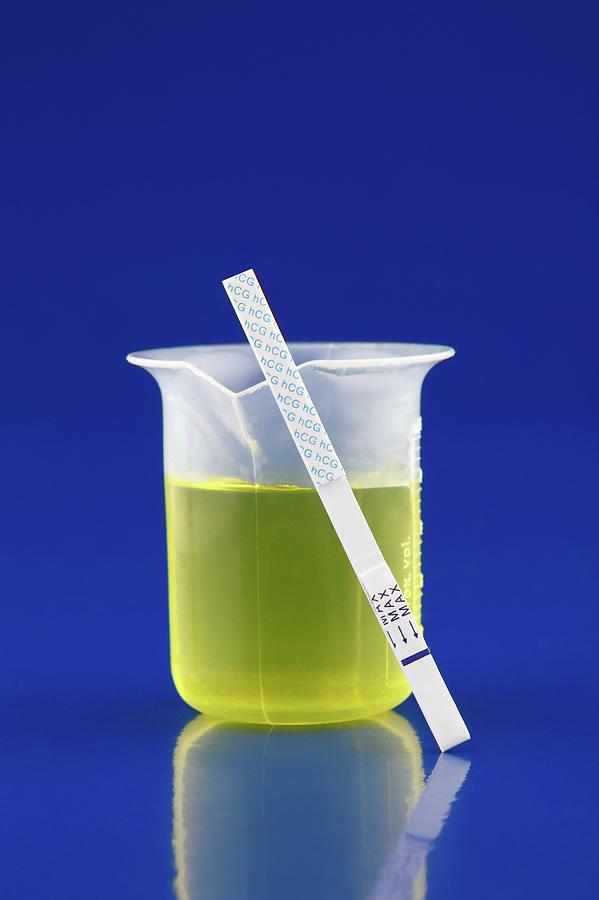 The levels of beta hCG gets doubled so long as the pregnancy is progressing normally. If the levels start to decrease, in repeated tests, it indicates a possible loss of the embryo. A high level of the hCG hormone in early pregnancy may mean a multiple fetus pregnancy, which you are not able to tell by a urine test. This test is also useful for the doctors to rule out ectopic pregnancy. This is a condition where pregnancy grows outside the uterine cavity. If the level of hCG fails to rise in subsequent tests a risk of ectopic pregnancy is suspected. These are the substantial differences between a blood and urine pregnancy test.
The levels of beta hCG gets doubled so long as the pregnancy is progressing normally. If the levels start to decrease, in repeated tests, it indicates a possible loss of the embryo. A high level of the hCG hormone in early pregnancy may mean a multiple fetus pregnancy, which you are not able to tell by a urine test. This test is also useful for the doctors to rule out ectopic pregnancy. This is a condition where pregnancy grows outside the uterine cavity. If the level of hCG fails to rise in subsequent tests a risk of ectopic pregnancy is suspected. These are the substantial differences between a blood and urine pregnancy test.
Citizens | Ministry of Health of the Kaliningrad Region
| Gestational age | Analyzes | Events (registration, medical examinations, doctor visit schedule) |
| Up to 12 weeks | Early registration in the antenatal clinic Taking medications: folic acid throughout the first trimester, no more than 400 mcg / day; potassium iodide 200-250 mcg/day (in the absence of thyroid disease) | |
| At first appearance | An obstetrician-gynecologist collects anamnesis, conducts a general physical examination of the respiratory, circulatory, digestive, urinary system, mammary glands, anthropometry (measuring height, body weight, determining body mass index), measuring the size of the pelvis, examining the cervix in the mirrors, bimanual vaginal study | |
| Not later than 7-10 days after the initial visit to the antenatal clinic | Inspections and consultations: - general practitioner; - a dentist; - an otolaryngologist; - an ophthalmologist; - other medical specialists - according to indications, taking into account concomitant pathology | |
| First trimester (up to 13 weeks) (and at first visit) | 1. 2. Biochemical blood test (total protein, urea, creatinine, total bilirubin, direct bilirubin, alanine transaminase (hereinafter - ALT), aspartate transaminase (hereinafter - AST), glucose, total cholesterol. 3. Coagulogram - platelet count, clotting time, bleeding time, platelet aggregation, activated partial thromboplastin time (hereinafter referred to as APTT), fibrinogen, determination of prothrombin (thromboplastin) time. 4. Determination of antibodies of classes M, G (IgM, IgG) to the rubella virus in the blood, to the herpes simplex virus (HSV), to cytomegalovirus (CMV), determination of antibodies to toxoplasma in the blood. 5. General analysis of urine. 6. Determination of the main blood groups (A, B, 0) and Rh-affiliation. In Rh-negative women: a) examination of the father of the child for group and Rh-affiliation. 7. Determination of antibodies to pale treponema (Treponema pallidum) in the blood, determination of antibodies of classes M, G to the human immunodeficiency virus HIV-1 and HIV-2 in the blood, determination of antibodies of classes M, G to the antigen of viral hepatitis B and viral hepatitis C in blood. 8. Microscopic examination of the discharge of female genital organs for gonococcus, microscopic examination of the vaginal discharge for fungi of the genus Candida. 9. PCR chlamydial infection, PCR gonococcal infection, PCR mycoplasma infection, PCR trichomoniasis. | Visiting an obstetrician-gynecologist every 3-4 weeks (with the physiological course of pregnancy). Electrocardiography (hereinafter - ECG) as prescribed by a general practitioner (cardiologist). Up to 13 weeks of pregnancy are accepted: - folic acid no more than 400 mcg / day; - potassium iodide 200-250 mcg / day (in the absence of thyroid disease) |
| 1 time per month (up to 28 weeks) | Blood test for Rh antibodies (in Rh-negative women with Rh-positive affiliation of the father of the child) | |
| 11-14 weeks | Biochemical screening for serum marker levels: - pregnancy-associated plasma protein A (PAPP-A), - free beta subunit of human chorionic gonadotropin (hereinafter - beta-CG) | In the office of prenatal diagnostics, an ultrasound examination (hereinafter referred to as ultrasound) of the pelvic organs is performed. According to the results of complex prenatal diagnostics, a conclusion of a geneticist is issued. |
| After 14 weeks - once | Culture of midstream urine | To exclude asymptomatic bacteriuria (the presence of bacterial colonies more than 105 in 1 ml of an average portion of urine, determined by a culture method without clinical symptoms) to all pregnant women. |
| In the second trimester (14-26 weeks) | General (clinical) analysis of blood and urine. | Visiting an obstetrician-gynecologist every 2-3 weeks (with the physiological course of pregnancy). At each visit to the doctor of the antenatal clinic - determination of the circumference of the abdomen, the height of the fundus of the uterus (hereinafter referred to as VDM), uterine tone, palpation of the fetus, auscultation of the fetus with a stethoscope. Potassium iodide 200-250 mcg/day |
| 1 time per month (up to 28 weeks) | Blood for Rh antibodies (in Rh-negative women with Rh-positive affiliation of the father of the child) | |
| 16-18 weeks | Blood test for estriol, alpha-fetoprotein, beta-hCG | Only at late turnout unless biochemical screening for serum marker levels at 11-14 weeks |
| 18-21 weeks | The second screening ultrasound of the fetus is performed in the antenatal clinic | |
| In the third trimester (27-40 weeks) | 1. 2. Biochemical blood test (total protein, urea, creatinine, total bilirubin, direct bilirubin, alanine transaminase (hereinafter - ALT), aspartate transaminase (hereinafter - AST), glucose, total cholesterol). 3. Coagulogram - platelet count, clotting time, bleeding time, platelet aggregation, activated partial thromboplastin time (hereinafter referred to as APTT), fibrinogen, determination of prothrombin (thromboplastin) time. 4. Determination of antibodies of classes M, G (IgM, IgG) to the rubella virus in the blood, determination of antibodies to toxoplasma in the blood. 5. General analysis of urine. 6. Determination of antibodies to pale treponema (Treponema pallidum) in the blood, determination of antibodies of classes M, G to the human immunodeficiency virus HIV-1 and HIV-2 in the blood, determination of antibodies of classes M, G to the antigen of viral hepatitis B and viral hepatitis C in blood. 7. | A visit to an obstetrician-gynecologist every 2 weeks, after 36 weeks - weekly (with the physiological course of pregnancy). At each visit to the doctor of the antenatal clinic - determination of the circumference of the abdomen, VDM, uterine tone, fetal palpation, auscultation of the fetus with a stethoscope. Potassium iodide 200-250 mcg/day |
| 24-28 weeks | Oral glucose tolerance test (OGTT) | |
| 28-30weeks | In Rh-negative women with Rh-positive blood of the child's father and the absence of Rh antibodies in the mother's blood | Administration of human immunoglobulin antirhesus RHO[D] |
| 30 weeks | A certificate of incapacity for work is issued for maternity leave | |
| 30-34 weeks | The third screening ultrasound of the fetus with dopplerometry in the antenatal clinic. - general practitioner; - a dentist. | |
| After 32 weeks | At each visit to the doctor of the antenatal clinic, in addition to determining the circumference of the abdomen, the height of the fundus of the uterus (hereinafter referred to as VDM), the tone of the uterus, determine the position of the fetus, the presenting part, the doctor auscultates the fetus with a stethoscope. | |
| After 33 weeks | Cardiotocography (hereinafter referred to as CTG) of the fetus is performed | |
| Throughout pregnancy | In antenatal clinics there are schools for pregnant women, which are attended by expectant mothers along with fathers. In the process of learning, there is an acquaintance with the changes in the body of a woman during physiological pregnancy, acquaintance with the process of childbirth, the correct behavior in childbirth, the basics of breastfeeding. | |
| Over 37 weeks | Hospitalization with the onset of labor. According to indications - planned antenatal hospitalization. | |
| 41 weeks | Planned hospitalization for delivery | |
| No later than 72 hours after delivery | All women with an Rh-negative blood group who gave birth to a child with a positive Rh-belonging, or a child whose Rh-belonging is not possible to determine, regardless of their compatibility according to the AB0 system | Re-introduction of human immunoglobulin anti-rhesus RHO[D] |
| postpartum period | 1. Early breastfeeding 2. Recommendations for breastfeeding. 3. Consultation of medical specialists on concomitant extragenital disease (if indicated). 4. Toilet of the external genital organs. 5. Dry processing of seams (if any). 6. Removal of external non-absorbable sutures (if any) on the 5th day. 7. Early discharge. | |
| Daily postpartum | 1. Examination by an obstetrician-gynecologist; 2. Inspection and palpation of the mammary glands. | |
| 3 days after birth | Ultrasound of the pelvic organs | |
| After delivery by caesarean section | 1. Complete blood count, general urinalysis. 2. Biochemistry of blood (according to indications). | Ultrasound of the pelvic organs |
Urinalysis during pregnancy
Complete urinalysis (OAM) during a normal pregnancy, women are prescribed at least 3 times - at the first visit to the doctor about pregnancy, in the II and III trimesters of pregnancy. In fact, the gynecologist sends a pregnant woman to a urine test almost before every visit to the antenatal clinic. Such a frequent appointment of a urinalysis is carried out to identify asymptomatic (in the absence of complaints) pathology. For example, the appearance of a large number of bacteria in the clinical analysis of urine requires bacteriological culture of urine for microflora (analysis for tank culture), according to the results of which the doctor will be able to select the necessary treatment. Also, when performing OAM in pregnant women, it is possible to detect proteinuria (increased protein content in the urine), glucosuria (appearance of glucose in the urine), leukocyturia (increased number of leukocytes in the urine), etc. Depending on the identified abnormalities, the doctor prescribes further examination of women in order to correct management of pregnancy, to carry out the necessary treatment and preventive measures for possible complications of the course of pregnancy and childbirth.
Such a frequent appointment of a urinalysis is carried out to identify asymptomatic (in the absence of complaints) pathology. For example, the appearance of a large number of bacteria in the clinical analysis of urine requires bacteriological culture of urine for microflora (analysis for tank culture), according to the results of which the doctor will be able to select the necessary treatment. Also, when performing OAM in pregnant women, it is possible to detect proteinuria (increased protein content in the urine), glucosuria (appearance of glucose in the urine), leukocyturia (increased number of leukocytes in the urine), etc. Depending on the identified abnormalities, the doctor prescribes further examination of women in order to correct management of pregnancy, to carry out the necessary treatment and preventive measures for possible complications of the course of pregnancy and childbirth.
When to take a urinalysis during pregnancy
You need to take UAM on the recommendation of a gynecologist or other attending physician, regardless of the presence of complaints.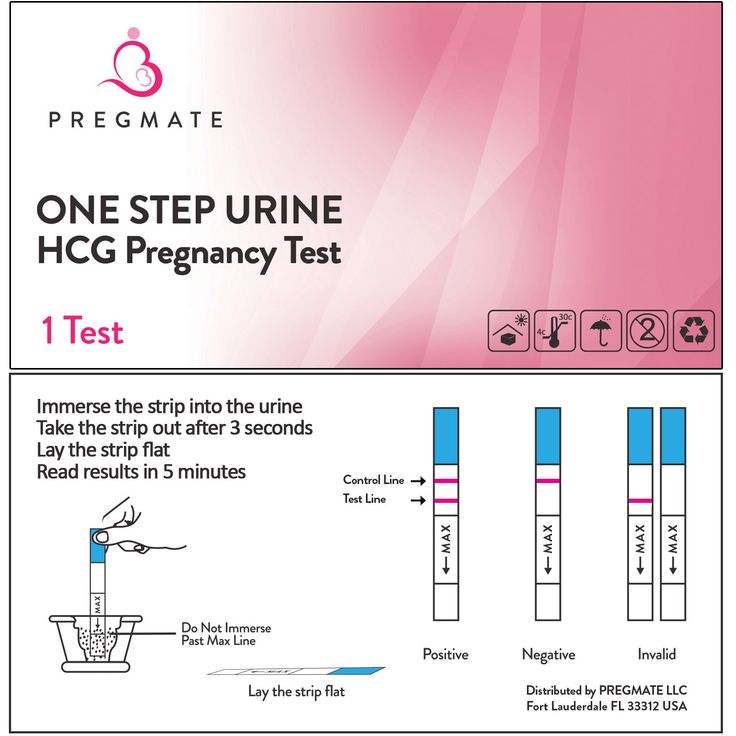
You can donate urine on your own before visiting a gynecologist for the following reasons:
- fever
- chills
- malaise, weakness, headaches, depressed mood
- pain or discomfort in the lumbar region or abdomen
- appearance of cloudy urine with an unpleasant odor
- soreness and difficulty during urination
- feeling of incomplete emptying of the bladder and retention of urine
Preparing for urinalysis during pregnancy
Preparing for OAM in pregnant women includes a number of hygiene procedures, as well as general restrictions.
- On the day before taking the biomaterial, it is advisable to refrain from physical activity, alcohol intake, do not eat vegetables and fruits (beets, carrots, citrus fruits, watermelons), red wine, multivitamins that can change the color of urine.
- Avoid taking diuretics within 48 hours before urine collection (to be agreed with the attending physician).
- You must refrain from sexual intercourse for 12 hours before the test.
- Thoroughly toilet the vulva before collecting urine. To prevent vaginal discharge from being included in the analysis, it is recommended to place a cotton swab in the vagina before taking it.
- The average portion of urine is collected at the first morning urination (the first and last portions are drained into the toilet bowl). You can collect urine at any time during the day.
- When collecting urine, it is advisable not to touch the body with the container.
- Deliver the container with urine to the medical office preferably within 2 hours after the collection of the biomaterial.
Interpretation of urinalysis during pregnancy
Deviations from the norm of many indicators may have a physiological origin or indicate various pathological processes in the body. It must be remembered that the interpretation of the results of a general urine test should be carried out only by the attending physician or gynecologist, since the results of laboratory tests are not the only criterion for making a diagnosis and prescribing appropriate treatment.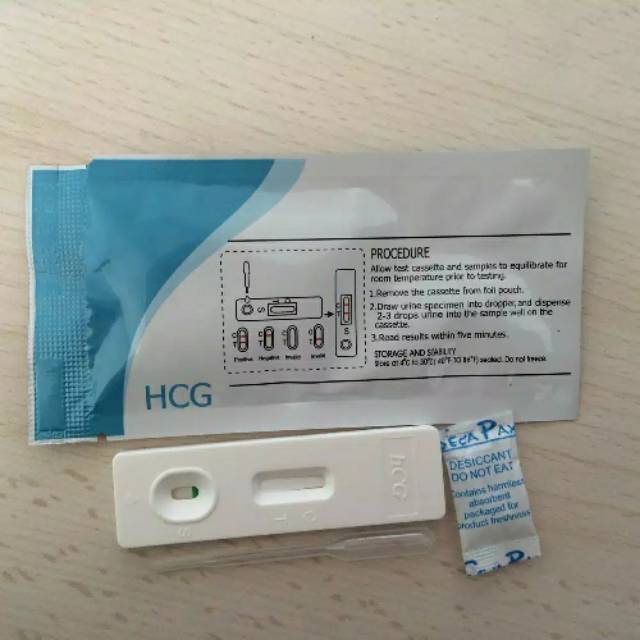 They should be considered in conjunction with the history data and the results of other possible examinations, including instrumental diagnostic methods.
They should be considered in conjunction with the history data and the results of other possible examinations, including instrumental diagnostic methods.
Colour. Normal color is yellow of varying intensity. It can change with certain foods and certain medications. Whitish, dark brown or other uncharacteristic color indicates the presence of pathology. Urine should be clear.
Urine reaction . Normal pH is 5-7 (slightly acidic). Increased acidity is characteristic of feverish conditions, renal failure, diabetes mellitus and other pathologies. Alkaline reaction is observed in chronic infectious diseases.
Density readings are used to assess kidney function. During the day, the specific gravity of urine fluctuates.
Protein in the urine (proteinuria) is normally absent. Its appearance is a marker of the presence of various diseases (inflammatory infectious diseases of the urinary tract, kidney pathology, and others). Also, protein is determined in the urine after severe hypothermia, high physical activity, a small amount may appear during pregnancy.
Also, protein is determined in the urine after severe hypothermia, high physical activity, a small amount may appear during pregnancy.
Glucose should not normally be present in the urine. Its detection in a biomaterial sample may indicate both the presence of diseases (diabetes mellitus, pancreatic cancer, pancreatitis, etc.), and severe stress, eating a large amount of carbohydrates. But normally it can occur in small numbers in pregnant women. As a rule, abstinence from the consumption of simple carbohydrates leads to the normalization of this indicator in the urine.
Bilirubin is detected in hepatitis, cirrhosis, obstructive jaundice and other pathological conditions associated with liver damage.
Urobilinogen in high concentration indicates liver damage, hemolytic jaundice, gastrointestinal diseases. An increased number of ketone bodies indicates a violation of protein, carbohydrate or lipid metabolism.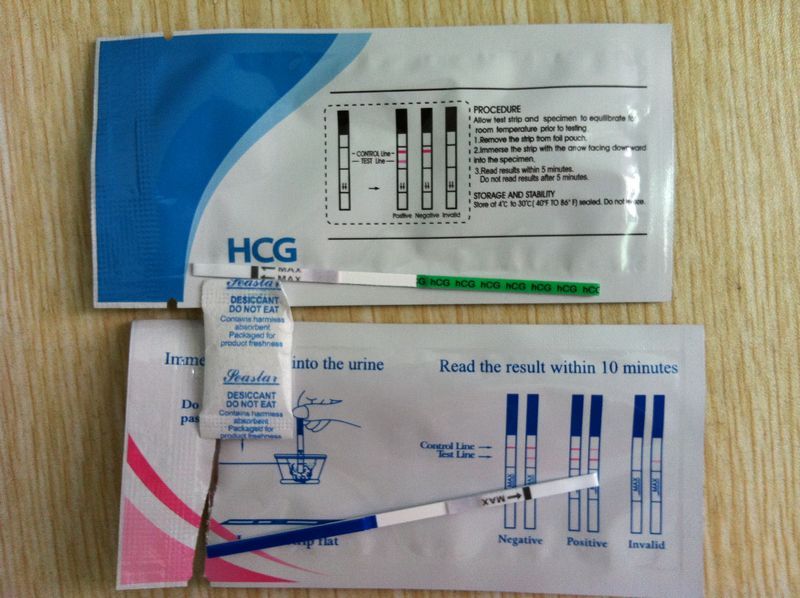 Nitrites indicate a urinary tract infection.
Nitrites indicate a urinary tract infection.
Squamous epithelium are superficial skin cells of the external genital organs. Its detection in the urine has no diagnostic value.
Transitional epithelium is found in the kidneys, ureters, bladder and upper urethra. Single cells can be found in urine sediment in healthy individuals. They are found in large numbers during intoxication, after instrumental interventions on the urinary tract, with jaundice, nephrolithiasis and chronic cystitis.
Renal epithelium in healthy people in the microscopy of the sediment is not found. Found in patients with nephrosis and nephritis.
Erythrocytes are normally present in the urine in small amounts. A small number of red blood cells can be observed after sports activities, lumbar injuries, hypothermia and overheating. The appearance of a large number of red blood cells in the urine can occur with various pathologies (glomerulonephritis, nephrosis, collagenosis, heart disease, sepsis, influenza, infectious mononucleosis, rubella, tonsillitis, dysentery, etc.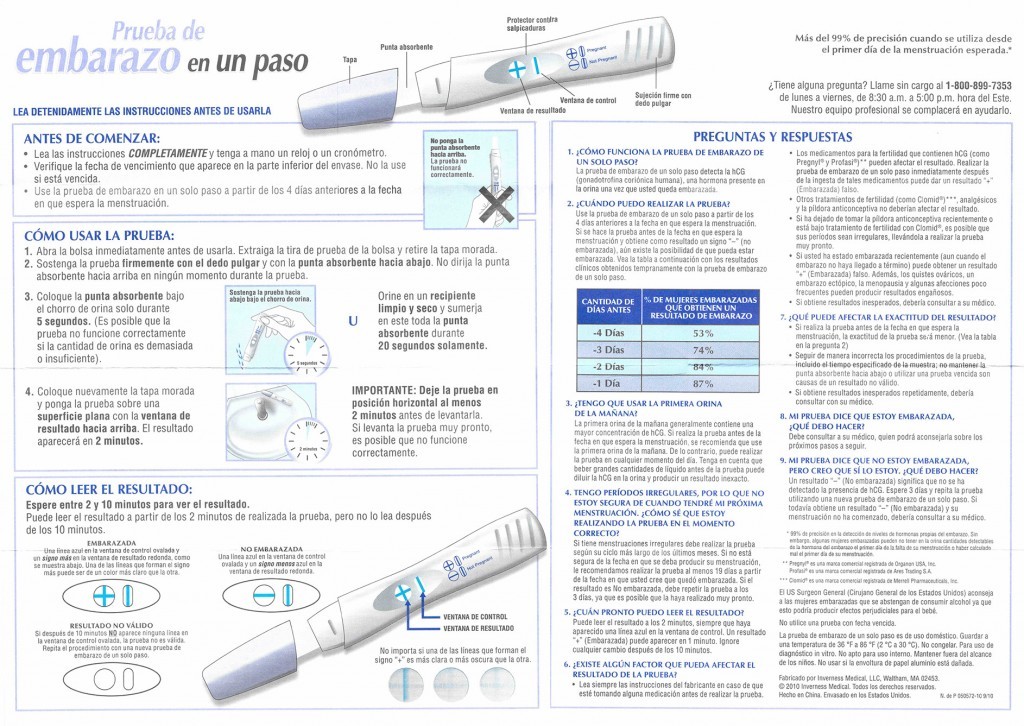 ).
).
Leukocytes are present in the urine of healthy people. An increased number of leukocytes in the urine in women can occur when urine is contaminated with vaginal discharge. A high content of leukocytes in the urine occurs with pyelocystitis, pyelonephritis, with fever of various origins, urinary tract infections.
Cylinders are cylindrical formations that are mainly composed of protein and/or cells. They are usually found in the pathology of the urinary system (glomerulonephritis, pyelonephritis, kidney tuberculosis, diabetic nephropathy, chronic kidney disease, amyloidosis of the kidneys, fever, scarlet fever, myeloma, osteomyelitis, systemic lupus erythematosus, etc.).
Mucus performs a protective function, is secreted by special cells of the genitourinary system. Normally, its content in the urine is insignificant, with inflammatory processes it can increase.
Salt crystals appear depending on the pH of urine and its other properties, diet.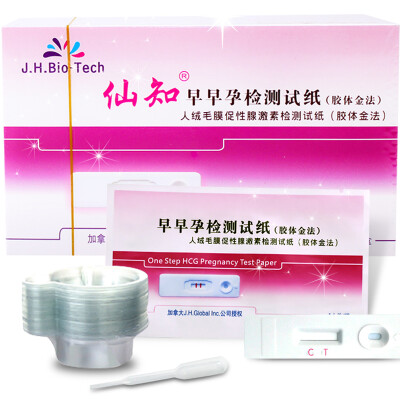 May indicate impaired mineral metabolism, the presence of stones, or an increased risk of developing urolithiasis.
May indicate impaired mineral metabolism, the presence of stones, or an increased risk of developing urolithiasis.
Bacteria indicates a bacterial urinary tract infection. But they can occur when urine is contaminated with bacteria from the skin and from vaginal discharge.
In the medical company "LabQuest" you can get a personal consultation with a doctor of the "Doctor Q" service on deciphering the results of a urine test during an appointment or by phone.
Where can I take a urine test during pregnancy
You can take a general urine test at the nearest LabQuest medical office. The list of medical offices where the biomaterial is accepted is presented in the Addresses and opening hours section.
78657 views
Author-physician: Savchenko Svetlana Petrovna
Expert in the field of laboratory diagnostics, healthcare organization, diagnostics and treatment of therapeutic diseases.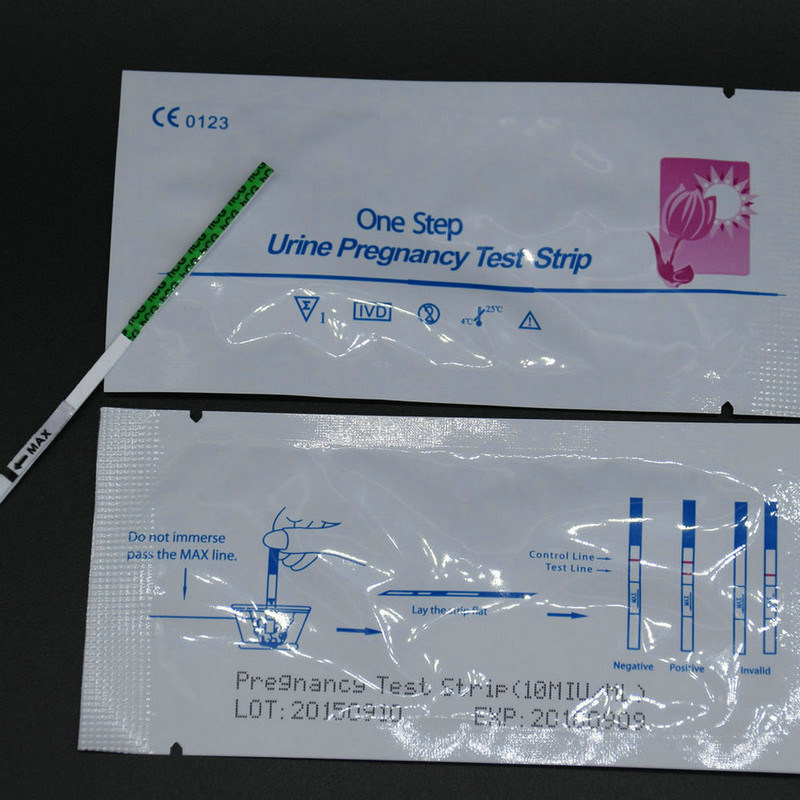
 General (clinical) blood test.
General (clinical) blood test. 

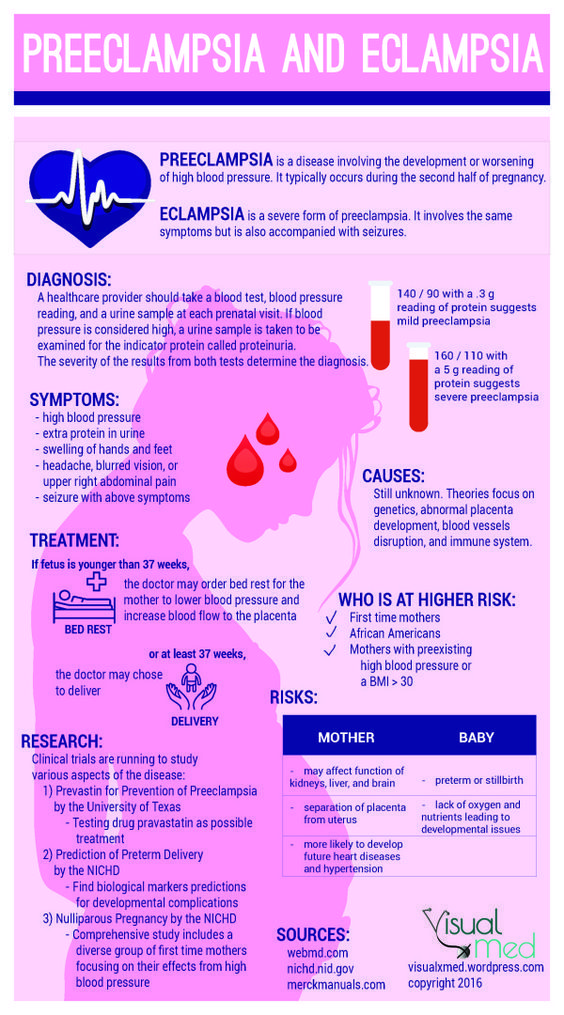 General (clinical) blood test.
General (clinical) blood test. 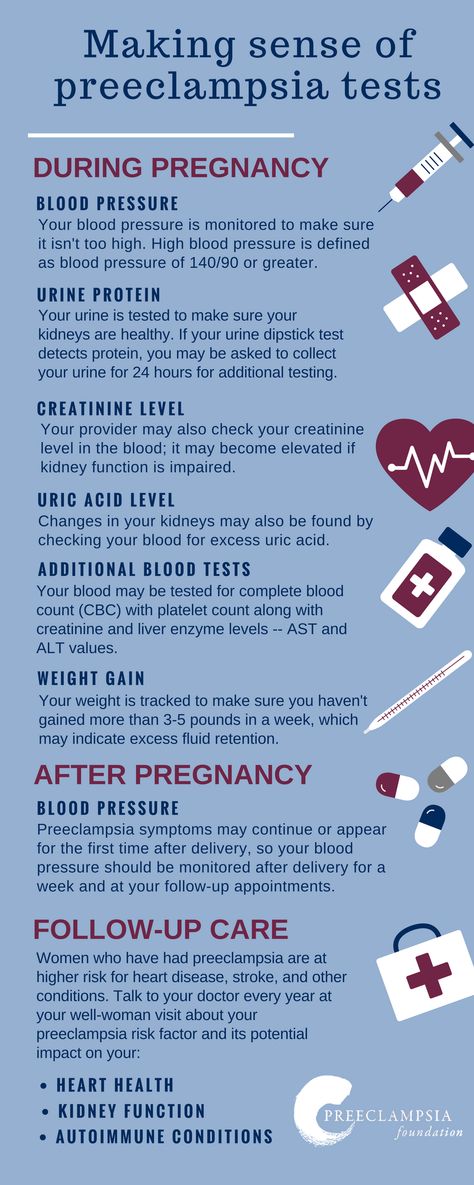 Microscopic examination of the discharge of female genital organs for gonococcus, microscopic examination of the vaginal discharge for fungi of the genus Candida.
Microscopic examination of the discharge of female genital organs for gonococcus, microscopic examination of the vaginal discharge for fungi of the genus Candida. 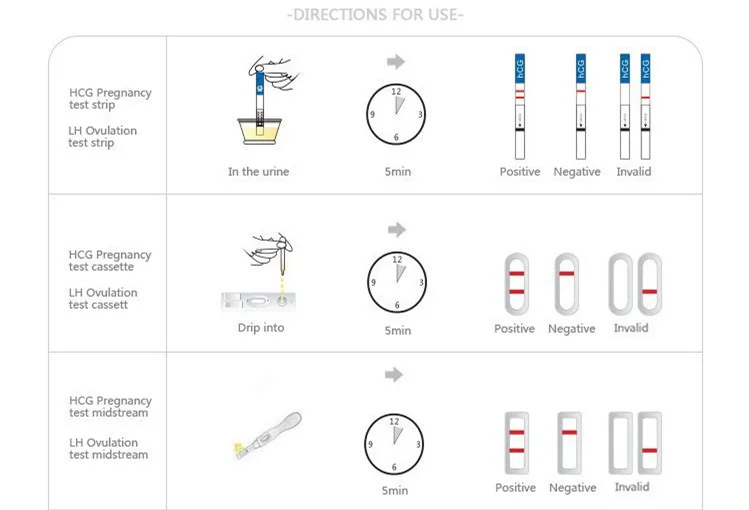 Inspections and consultations:
Inspections and consultations: 